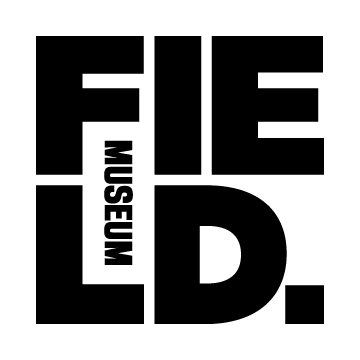HISTORICAL
Some of the first birds collected in the Albertine Rift region were collected by early European explorers of the region, including as early as 1879 by Emin Pasha, a remarkable character in the European colonization of Africa. Some of the largest historical collections of birds of the Albertine Rift are housed at the Royal Museum for Central Africa in Tervuren, Belgium, the Natural History Museum at Tring, England, and the American Museum of Natural History in New York City. The American Museum’s collection was made by curator James Chapin and his colleagues. Chapin took a particular interest in birds of the Congo after participating in a six-year expedition to the region from 1909-1915 (much information about these expeditions can be found here). As curator of birds at the AMNH, his studies of birds in the Congo culminated in the seminal four volume series Birds of the Belgian Congo (AMNH, 1932-1954).
These historical collections provide a lasting record of birds in the Albertine Rift. Indeed, these collections (along with modern collections) were instrumental in the description of a new species of bird in 2010, Willard’s Sooty Boubou (Laniarius willardi). We will be using some of these historical specimens as part of our climate change study by sequencing their DNA (from small pieces of their toe pads) and comparing those sequences to samples from modern collections.
Information on the Royal Museum’s collection of Albertine Rift birds can be found here. The site includes photos of some of their more important specimens, such as those used in the description of previously undescribed species.
MODERN
Bird collections evolve to reflect past and current approaches to ornithology. Modern collections are very different than early ones. It is now recognized that there is substanial value in gaining as much information as possible from each specimen the data, so contemporary collectors go to great lengths to ensure that extensive and accurate data accompanies each specimen. For the Field Museum, this includes data that is written on the tags, such as eye, bill, and leg color (which fade over time), reproductive data, and GPS coordinates of the location; muscle and other tissue samples; internal and external parasites; blood samples; stomachs and their contents; and more. There are nearly limitless possibilities for studies that can be performed with such collections and the samples are carefully archived and stored to ensure accessibility for Field Museum scientists and collaborators around the world now and into the future.
Ornithologists 100 years ago (even fifty years ago) could not have fathomed the kinds of questions that their specimens might be used for today. We will be snipping a small piece of toe pad from the bottom of the feet of specimens collected between about 1890-1930. From this, we will be able to extract and sequence parts of their genome, and compare these sequences to contemporary samples. By making this comparison we can see if their genetic makeup has changed over the last century and begin to investigate the causes of this change. It is entirely possible that there will be no change at all—but we will still have documented a critical baseline dataset about genetic diversity which future scientists will be able use to understand how these populations are evolving far into the future.
